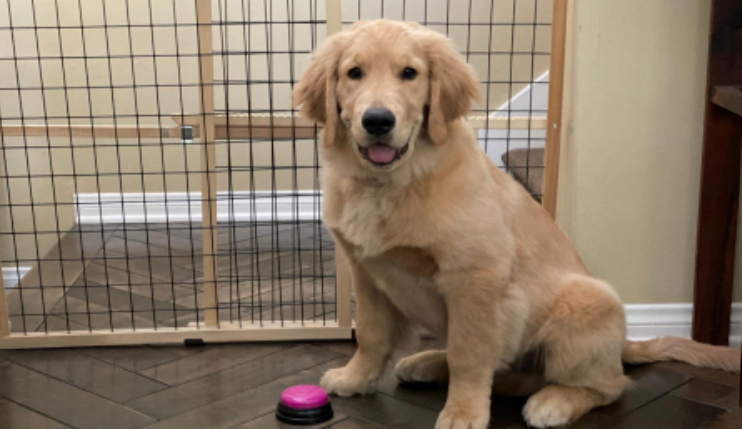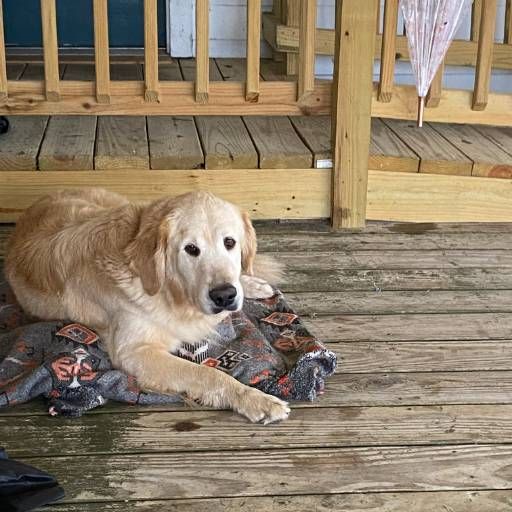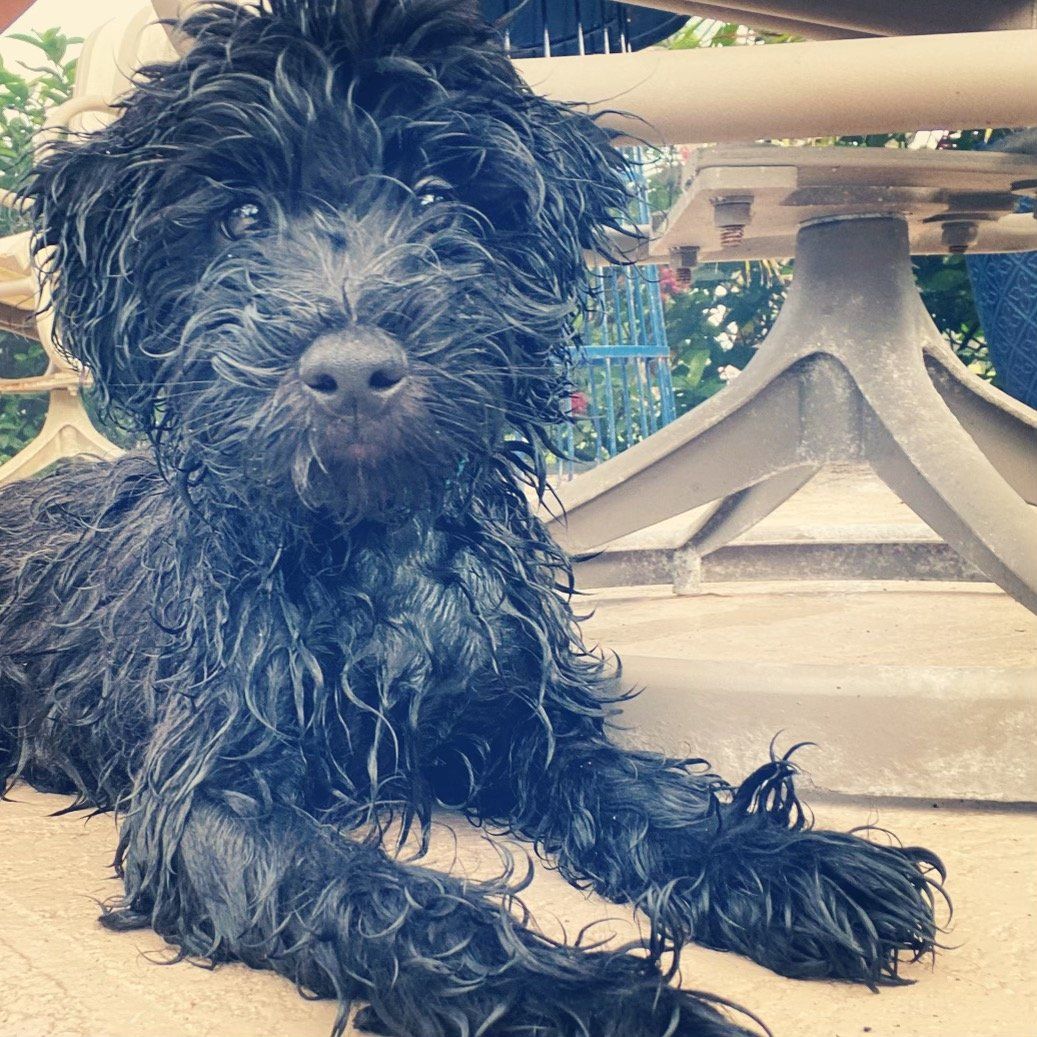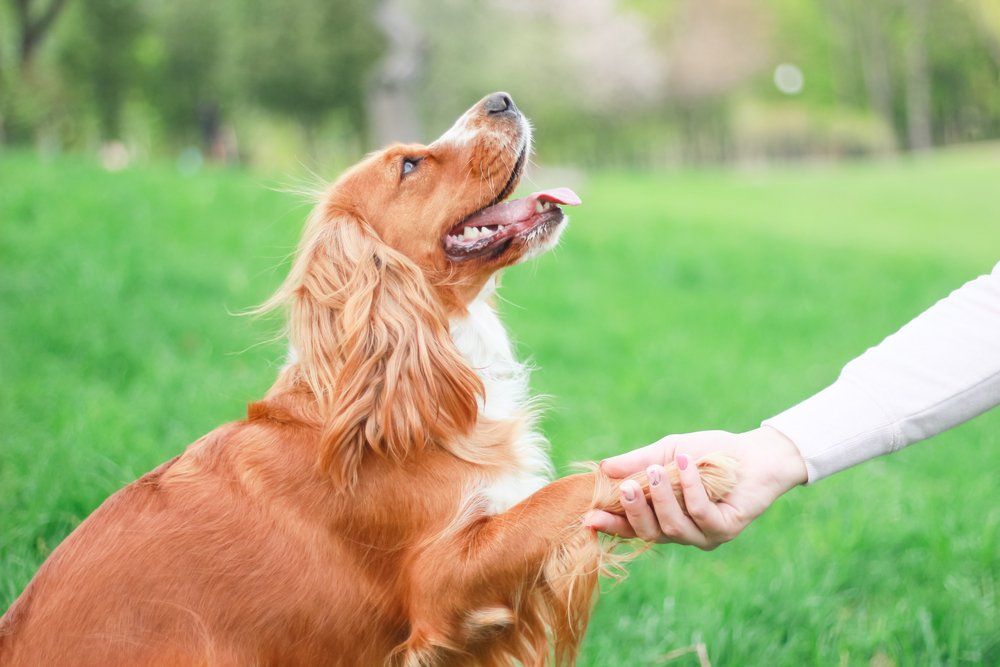The Complete Guide For Stopping Unwanted Barking
How to Change Your Dog’s Barking Behavior
If you are looking for our quick guide, click on over to Bark Busting Basics to find a more condensed version of this article.
1. Manage their Environment
The first step to changing dog behavior is preventing a dog from being able to do what you don’t want them to. Every time they get the chance to do something, it is another chance that the behavior will be reinforced and harder to stop. If you know your dog has a bad habit of barking at people as they pass by your house when you aren’t home, and everyone obliges him by just continuing on with their day, then it’s going to be tough to stop the barking through home training.
Training is about reinforcing the positive behavior that you do want over the negative one you don’t. Managing the environment – known as antecedent arrangement – is a vital step in succeeding with training.
There are times when environmental management might be enough. If you just want your dog to stop barking at everything they see outside the house, just close the curtains or put some frosted window film on the part of the window they look out of, or just taking the dog out of the room so they can’t see anyone passing by.
2. Manage their Reinforcement
There are two main categories when it comes to problem barking; barking that is directed at you, the owner, and barking that is directed at things within the environment. Dogs barking at their owners tends to be reinforced by their owners paying attention to them, while barking at other objects tends to be reinforced by distance.
Think about how your dog might bark for attention; they bark at you and so you respond by giving them a look or by telling them no. Despite the negative response, it could be positively reinforcing the behavior for them. They braked at you and you responded, so they are going to keep doing it. Perhaps you will get up and feed your dog if they bark at you, or take them out for a walk, or just pick them and fuss them. Why wouldn’t a dog want to try doing that again?
3. Reinforce Other Behavior
Before starting training with your dog, you have to ask what behavior you want to reinforce. Don’t just ask what you want them to not do, but also ask what they should be doing instead.
There are lots of good reasons for finding something else for your dog to do and to reinforce in them. Practical concerns are chief among these reasons. It’s far more helpful to your dog if you tell them what you want them to do rather than telling them what not to do.
Another good reason is being able to train replacement behaviors for your dog. This is one of the most important reasons, as lots of positive reinforcement keeps both you and your pet happy and is suitable for behavioral health.
It’s not enough to just take a deep breath and ignore your dog when they start barking at you. Ignoring something is not a good way to stop it from happening. It frustrates your dog – not to mention you – and so it’s likely going to fail.
If something worked before and then doesn’t work now, it’s not going to magically disappear. It will begin to intensify, resulting in the barking intensifying. It reaches a point it becomes impossible to ignore, especially if you are living in a small space, have a headache, or are talking on the phone. Dogs start to bark louder and for longer for the same reason we hit faulty machinery until it works. It’s known as an extinction burst.
When you give in and respond to your dog because it becomes too much, you create some new problems; 1) you’ve now reinforced a stronger version of the original bad behavior, and 2) the behavior is now on an intermittent schedule of reinforcement, which is known as the gambler’s schedule. This is when behaviors become persistent despite being reinforced only occasionally.
Find appropriate cues and replacement behaviors before your dog starts barking, and then proactively reinforce these new ideas.
If you take a few deep breaths because of barking, you aren’t actually ignoring the behavior. Rather, you’re just waiting for one that you would prefer. You want your dog to find an acceptable way of getting your attention. Teaching your dog several simple behaviors through positive reinforcement means your dog will likely try a positive alternative if barking doesn’t work. Be ready to give them some reinforcement when they do.
A Working Example
Let’s say you come home after work and your dog walks up to you. You know your dog often barks when he’s hungry and now is around the time to give him his dinner. There are some things you can do in this situation:
• Wait for the dog to bark and then feed him to stop his barking
• Wait for the dog to bark and attempt to ignore him before failing and feeding him when he gets to a fever pitch
• Wait for the dog to bark and cue a better behavior such as sitting. Once the dog sits you praise them and feed them. This stops them from barking and reinforces positive behavior. This may also reinforce barking though. The cue to sit is a chance for reinforcement, which makes it by itself a reinforcer. As long as the cue is given after one or two barks though, you’re still reinforcing less barking at least.
• Wait for the dog to bark and take a deep breath. Wait for the dog to stop barking and praise them and give them a treat. When they finish the treat, click or treat them again before they can start barking again. Continue to do this until the dog begins offering some silence, and then feed them.
• Cue your dog to sit as they approach, before they can even start to bark. If they sit, give them a treat and then feed them.
• Move before your dog can reach you, feeding him before he has a chance to start barking
As long as you stay consistent with one of these approaches, the behavior that you choose to reinforce into the dog will become their response when their tummy starts rumbling.
4. Listen to Your Dog
Did you see how all of the examples given above ended with the dog being fed? Dogs might enjoy a game of fetch, but there’s a reason for the barking right now. The reason is easy enough to work out if you stop and think about how your dog has acted before and the consequences of those actions. Your dog is helping out themselves by giving you an idea of what would most reinforce them at that moment. It just so happens that it’s something you were about to do for them anyway.
Dogs bark in order to express they want or need something. Take care of those wants and needs and they’ll have less reason to bark in the first place. Positive training teaches your dog a better way to express their needs and have them met if you don’t anticipate them. When a dog barks, as they inevitably will, you’ll be equipped to positively and effectively manage it.














